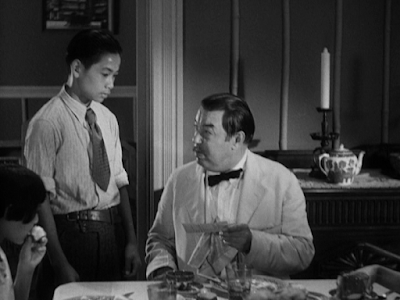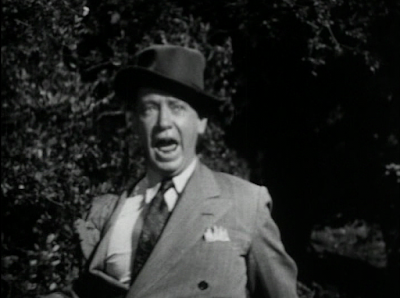1. Cinecittà Studios, Rome.
All imperialists must understand the value of propaganda. Augustus distributed idealized busts of his youthful self throughout the empire, and Benito Mussolini established Cinecittà (Film City) in 1937 where films like
La Dolce Vita (1960) and
Ben Hur (1959) were shot. A fire burned down quite a bit of the grounds in 2007, but they still do tours and curate exhibitions of props and costumes. HBO's
Rome was also shot here, over a massive square footage. I've walked through the remains of ancient Rome before, so now I need to blow my mind and walk through both in the same week. I can fantasize about Ciarán Hinds while I'm at it. Dream vacation.
2. Ramoji Film City, Hayanthnagar / Eros Cinema, Mumbai
Eros Cinema. Photo by Sandra Cohen-Rose and Colin Rose.
Actually, don't steal my business idea of Bollywood tour packages - but, come ON! Why is this not marketed like mad yet? Film City is a huge, open-air production venue for Bollywood that also caters to tourists. I'm guessing the Indian equivalent of the Universal Studios tour. Its existence answers my question as to how it is humanly possible to see an empty street in a Bollywood film when in reality India seems constantly crowded and cacophonous with the tooting horns of auto-rickshaws. Oh, they film on a big fake set! Eureka moment. The Eros Cinema in Mumbai is a gorgeous art deco movie house with a seating capacity of 1,200. My Indian film itinerary could go on and on but these are a few highlights. Call me, GAP Adventures.
3. Pordenone Silent Film Festival, Pordenone Italy.
I've never been to northern Italy.
4. Poverty Row Studios of LA
My dream trip to LA would include whatever is left of its film history plus a couple of stops to film archives. On this list would be Monogram Picture's studios. Its earlier digs were on Sunset Blvd, and were until recently owned by KCET Studios. In true LA fashion, the property was sold to the Church of Scientology in 2011. This is where
The Babe Ruth Story (1948) the funniest, one-star hagiography starring William Bendix (produced by Monogram successor Allied Artists) was filmed -- reason enough for me to make the trek. Placerita Canyon Road, a location where Monogram filmed westerns, is still home to movie-making in the form of Melody Ranch. Melody Ranch even has a museum chock full of awesome movie and TV memorabilia.
Monogram's first digs, 4376 Sunset Blvd.
Actually, KCET sold the property to Scientologists, making me wonder if I have to ride the Fruit Machine before getting a look at the longest-continually filming site in American movie history.
5. Alamo Drafthouse, Austin, Texas.
Actually, my wish list reads: "get back to the Drafthouse" because I've been once before (only once). And yeah, I know, they're starting one in NYC but let me guess, no chips and queso at this location. This is the kick-ass movie chain that offers wings and White Russians served directly to your seat. They are also vigilant about ejecting self-entitled assholes who talk and text while the movie is on. (See clip below, NSFW). I salute you, Drafthouse, for making the ideal movie experience come true and for promoting genre flix and other loose ends.
6. Noir City Festival, San Francisco.
Eddie Muller rocks - he's great on commentaries and he helps make this happen. I love how devoted noir people are. They basically live the life, don't they. Let's get some vintage style underpants, and let's go.
7. TCM Cruise
A cruise full of old people / Hollyweird silver screen fans! And possibly fantasy grandpa Robert Osborne and/or Ben Mankiewicz! I still shake my fist having missed the last sailing, which included 95-year-old Ernest Borgnine as special celebrity guest. Here's a few good reasons to go:
- Old people go to bed early. No thumping bass echoing through the poop deck at one AM. This works for me.
- Ben Mankiewicz is hot in glasses and I am fully prepared to be snubbed by a hot TV host at the buffet.
- Prices start at $995!
- Miami to Cozumel: not long enough to contract the Norwalk virus! Or is it?
This is on a boat? What is it, the Titanic or something? Well, OK, as long as it's not the Poseidon.
8. Oh, the Elgin theater in Chelsea is now a contemporary dance theater? OK, I'll go with the IFC instead, then.









.jpg)
-2.jpg)































